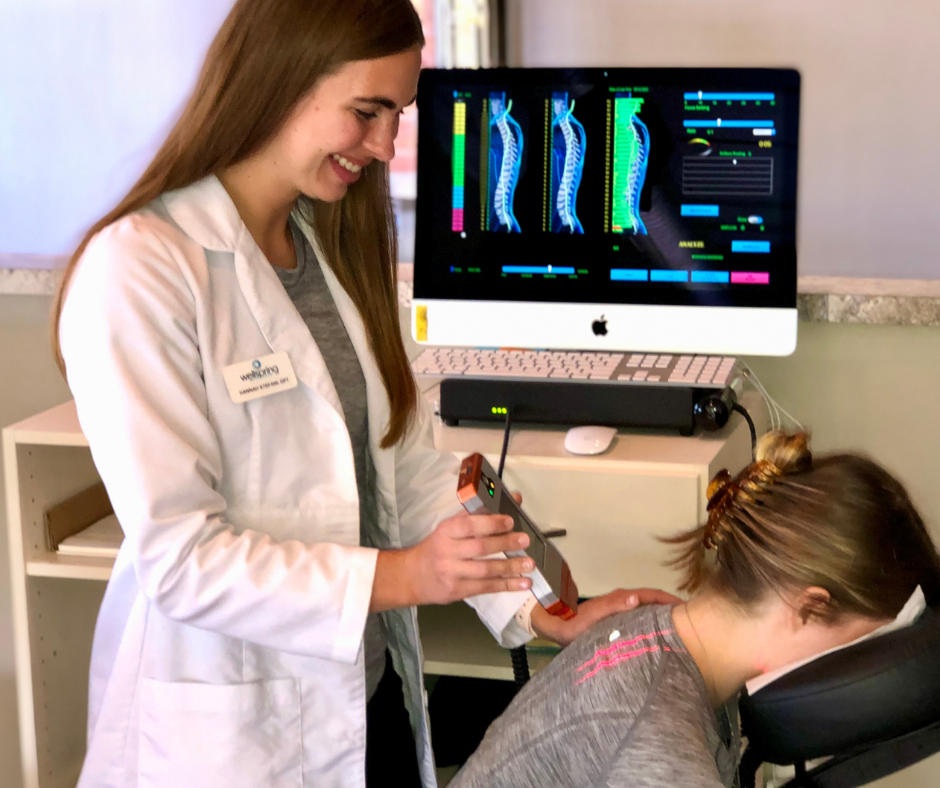For many years, surgery remained the go-to solution for painful conditions such as spinal stenosis, but physical therapy in Eden Prairie has been shown effective at treating lower back pain. As a treatment option, physical therapy also conveniently eliminates the risk of post-surgical complications.
Harvard Health compared the results of 169 men and women undergoing treatment for lumbar spinal stenosis, a specific type of back pain condition. Half of the patients underwent immediate surgery, while the other half went through physical therapy that included addressing their pain through trigger point therapy.
The findings indicate that after two years, there was no difference in physical function or ongoing pain between the surgery group and the physical therapy group. This means that individuals who suffer from painful conditions like these have an alternative to surgery!
The key to these effects may be in treating myofascial trigger points—what most people call muscle knots.
What Are Muscle Knots?
You might be surprised to find that the exact nature and origin of muscle knots is unknown to the medical community. Although it feels like the muscle is bunched up into an uncomfortable knot, this is only a sensation caused by a small part of the muscle tightly contracting.
An accredited theory is that a portion of muscle cuts off its own blood supply, which further irritates it, leading to a cyclical “metabolic crisis”. Manual manipulation of the trigger point can help free the muscle of the crisis, releasing it so that blood can circulate easily once again.
Part of the reason why musculoskeletal conditions like these defy simple explanation is because doctors tend not to specialize in muscle treatment. As D. Simons points out in the foreword of the Trigger Point Therapy Workbook, “Muscle is an orphan organ. No medical specialty claims it.” This creates a lack of research necessary for the effective diagnosis of muscle disorders.
How Physical Therapy Impacts Muscle Health
As a safe treatment option, physical therapy provides a number of ways to improve muscle health and address myofascial restrictions, or trigger points. Physical therapists use manual therapy to work through muscle restrictions with massage-like techniques. Therapeutic exercise improves muscle health by targeting affected and “knotted” areas through stretching, strengthening, and ensuring proper engagement or use of your muscles. Postural re-education re-trains your muscles to hold your spine and body upright, eliminating unnecessary stress and strain that cause myofascial trigger points. Physical therapists may also use different modalities to further help your muscles heal by decreasing pain or inflammation, or stimulating your body’s natural healing response. Some of these modalities may include electrical muscle stimulation, cold or hot packs, ultrasound, or laser therapy.
When To Choose Surgery Over Physical Therapy
When you’ve taken medication, seen medical providers, physical therapists, and/or physical therapists, and you’re not getting relief, then you’re probably thinking surgery is in your near future. If your symptoms are too severe to be effectively treated with therapy and painkillers, surgery might be recommended over physical therapy. If there is sufficient pressure on your nerves and suddenly your legs feel weak or incontinence becomes an issue, then the immediate benefit of surgery is evident. Though many people are searching this particular topic, it’s best to be evaluated by a professional to decide when it’s right for you to have surgery.
Would you like to learn more about non-surgical treatment options for lower back pain? Contact Wellspring Health Center and schedule a consultation!




